Physical Address
304 North Cardinal St.
Dorchester Center, MA 02124
Physical Address
304 North Cardinal St.
Dorchester Center, MA 02124

When it comes to editing photos professionally, having the right monitor can make all the difference. With the “Top 10 Best Monitors for Editing Photos,” you’ll find displays that offer outstanding color accuracy, high resolution, and advanced features designed specifically for photographers and graphic designers. Whether you’re working on detailed retouching, color grading, or managing multiple projects, these monitors provide the clarity and precision needed to bring your creative vision to life. In this guide, we’ll explore the top choices available, covering everything from budget-friendly options to premium displays that deliver stunning performance. Dive in to find the perfect monitor that suits your photo editing needs and elevates your work to a whole new level.
When choosing the best monitor for editing photos, several critical features must be evaluated to ensure optimal performance.
Accurate color reproduction is essential for photo editing. Look for monitors with wide color space coverage such as sRGB, AdobeRGB, and DCI-P3. sRGB is the standard for web content, AdobeRGB covers a broader range suitable for print, and DCI-P3 is used in digital cinema. Low Delta E values (below 2) indicate minimal color deviation, ensuring the colors you see are true-to-life.
The resolution of your monitor impacts the clarity and detail of your edits. For photo editing, resolutions like Full HD (1920×1080) are basic, while 4K (3840×2160) or 5K (5120×2880) offer greater detail and workspace, crucial for high-resolution images and intricate editing tasks.
Monitors come with various panel types, including IPS, TN, and VA. IPS panels are preferred for photo editing due to their superior color accuracy and consistency across wide viewing angles. TN panels, while faster, offer poorer color reproduction and viewing angles. VA panels provide better contrast but are generally less accurate in color representation.
Ideal monitor sizes for photo editing are typically between 27″ and 32″. Larger screens offer more workspace and reduce the need for constant scrolling. The aspect ratio also matters: a 16:9 ratio is standard, but a 16:10 ratio provides more vertical space, beneficial for viewing images in portrait mode or managing toolbars.
Ensure the monitor has diverse connectivity options such as HDMI, DisplayPort, and USB-C. Multiple ports allow for flexible connections with various devices and help future-proof your setup as technology evolves.
For professional photo editing, monitor calibration is crucial to maintain color accuracy. Some monitors come with built-in calibration tools, but external colorimeters provide more precise results. Regular calibration ensures consistent color output over time.
A monitor with at least 300 nits of brightness is recommended for various lighting conditions. A high contrast ratio enhances tonal range, making it easier to see fine details and depth in your photos, which is essential for accurate editing and color grading.
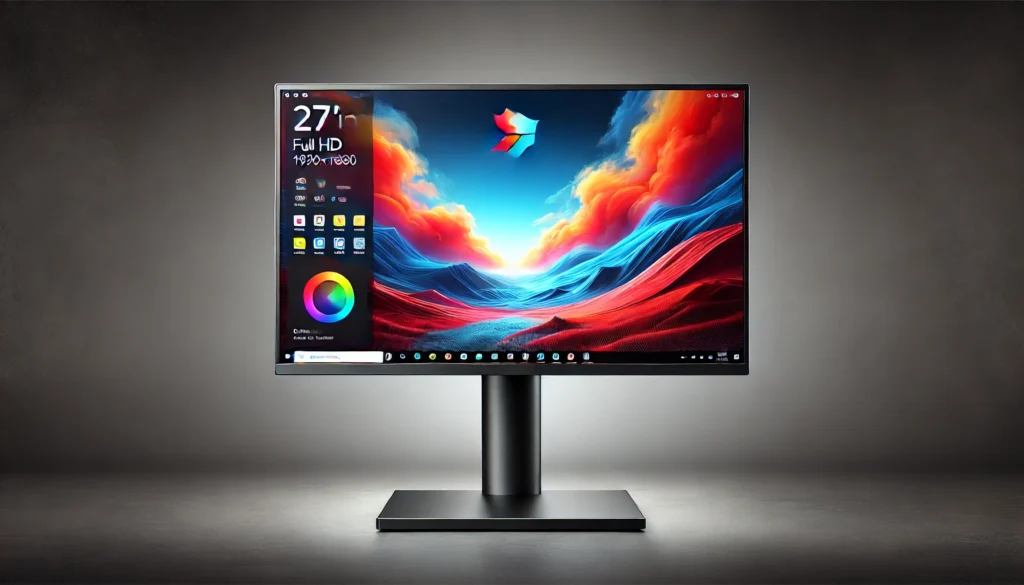
Key Features
27-inch Full HD (1920×1080) IPS panel, 99% sRGB color coverage, slim design.
Pros
Affordable price, good color accuracy for the price, wide viewing angles.
Cons
Lower resolution compared to 4K monitors, lacks advanced calibration options.
Best Suited For
Beginners or hobbyists looking for the best monitor for editing photos on a budget, providing decent color accuracy and performance for general photo editing need.
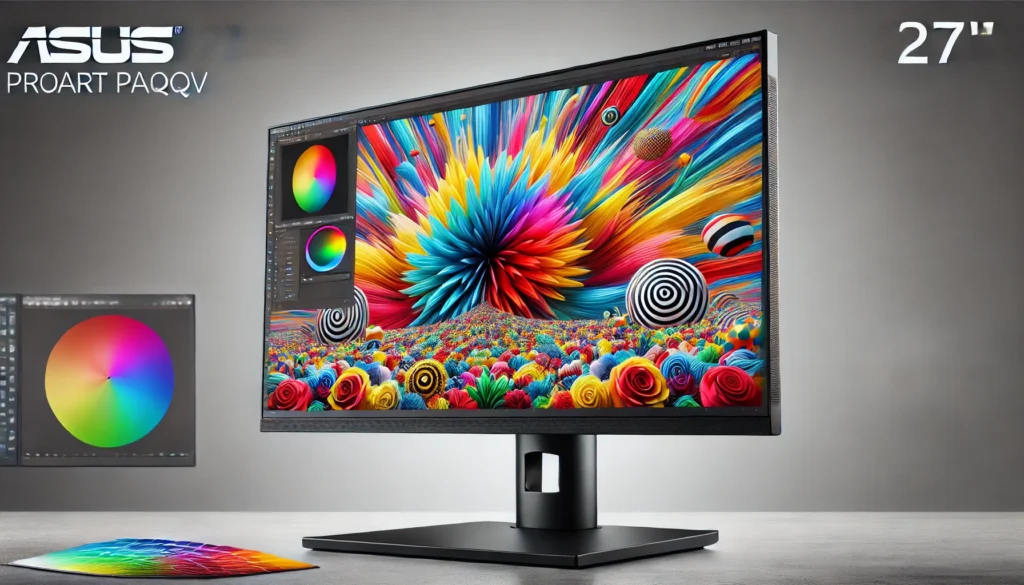
27-inch WQHD (2560×1440) IPS panel, 100% sRGB and 100% Rec. 709 color gamut, factory-calibrated.
Excellent color accuracy, affordable price for the features, ergonomic adjustments.
No 4K resolution, limited to basic connectivity options.
Enthusiasts or semi-professionals searching for the best monitor for editing photos, offering a balance between cost and advanced color accuracy for improved photo editing and light graphic design.
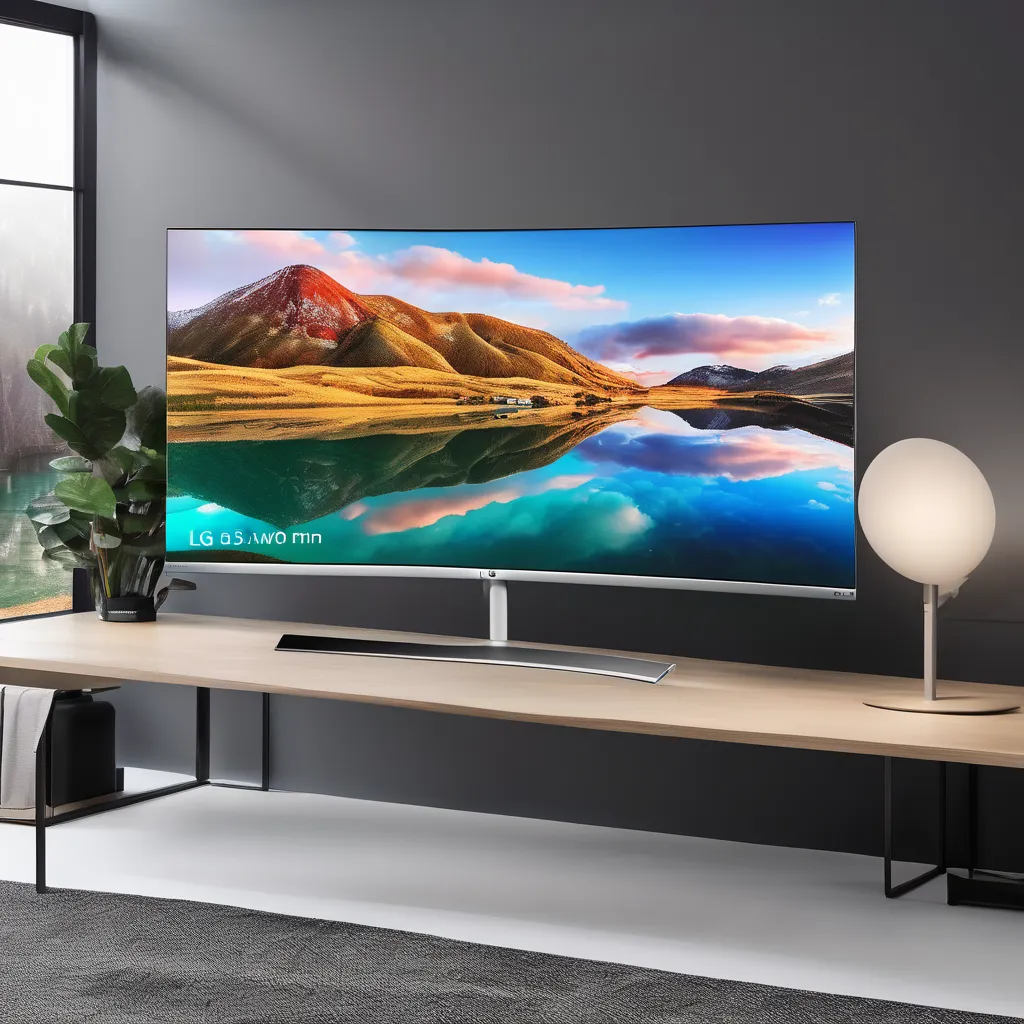
34-inch 5K2K (5120×2160) IPS panel, 98% DCI-P3 color gamut, HDR600 support.
High resolution provides ample workspace, great color accuracy, HDR support for enhanced contrast.
Higher price point, curved design may not be ideal for all users.
Professionals and advanced users needing the best monitor for editing photos with wide screen real estate and high color accuracy, perfect for detailed photo editing and multitasking.
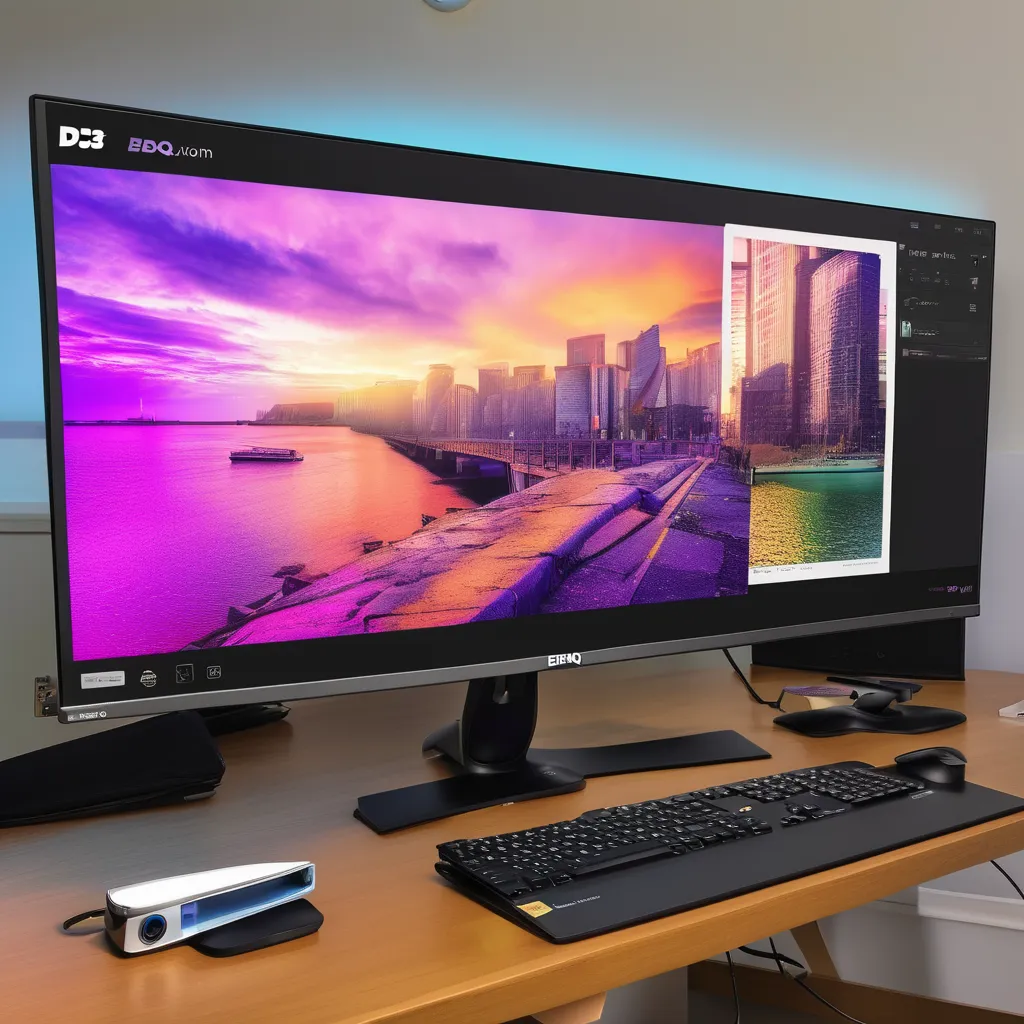
34-inch 5K2K (5120×2160) IPS panel, 98% DCI-P3 color gamut, HDR600 support.
High resolution provides ample workspace, great color accuracy, HDR support for enhanced contrast.
Higher price point, curved design may not be ideal for all users.
Professionals and advanced users needing the best monitor for editing photos with wide screen real estate and high color accuracy, perfect for detailed photo editing and multitasking.
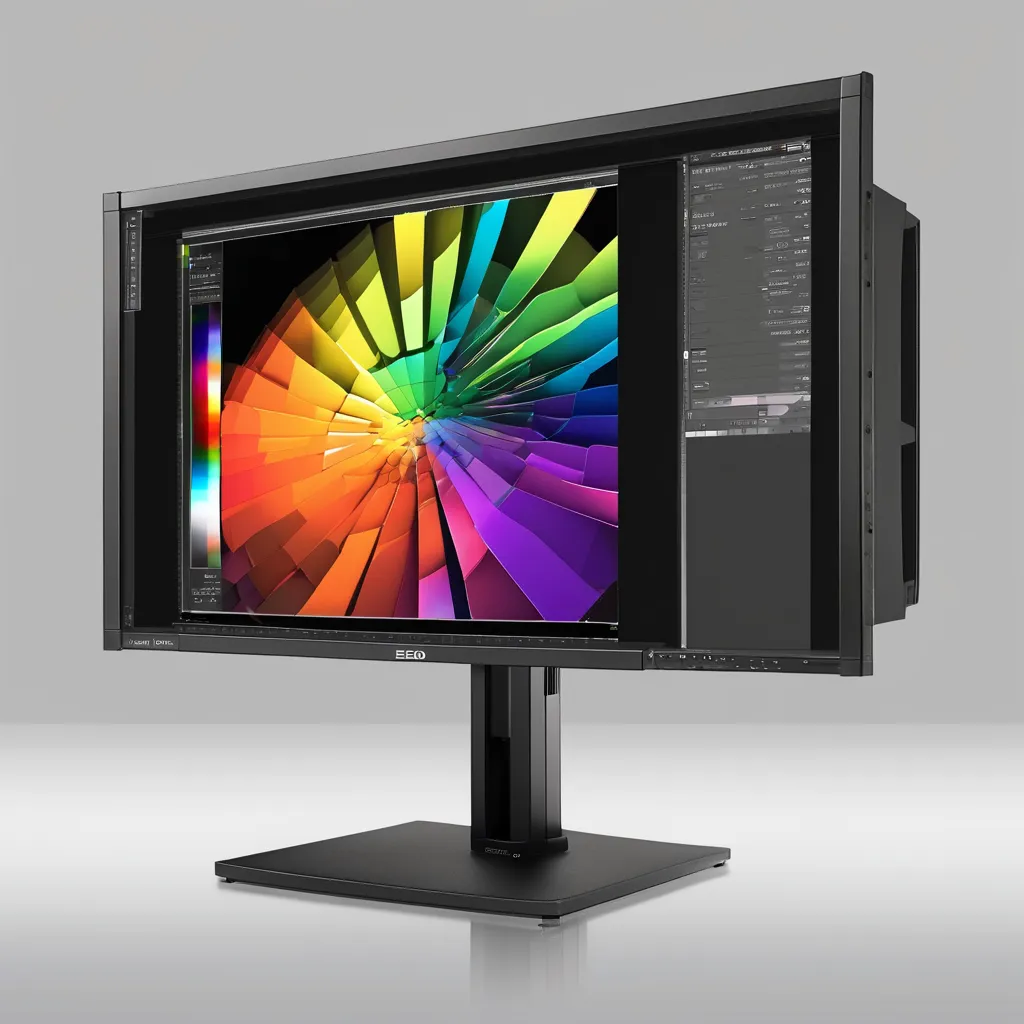
31.1-inch 4K DCI (4096×2160) IPS panel, 98% DCI-P3 and 99% AdobeRGB color gamut, built-in calibration sensor.
Exceptional color accuracy, wide color gamut, advanced calibration features, excellent build quality.
Very high price, large footprint.
Professional photographers and graphic designers in need of the best monitor for editing photos, requiring the highest level of color precision and calibration for high-end projects.
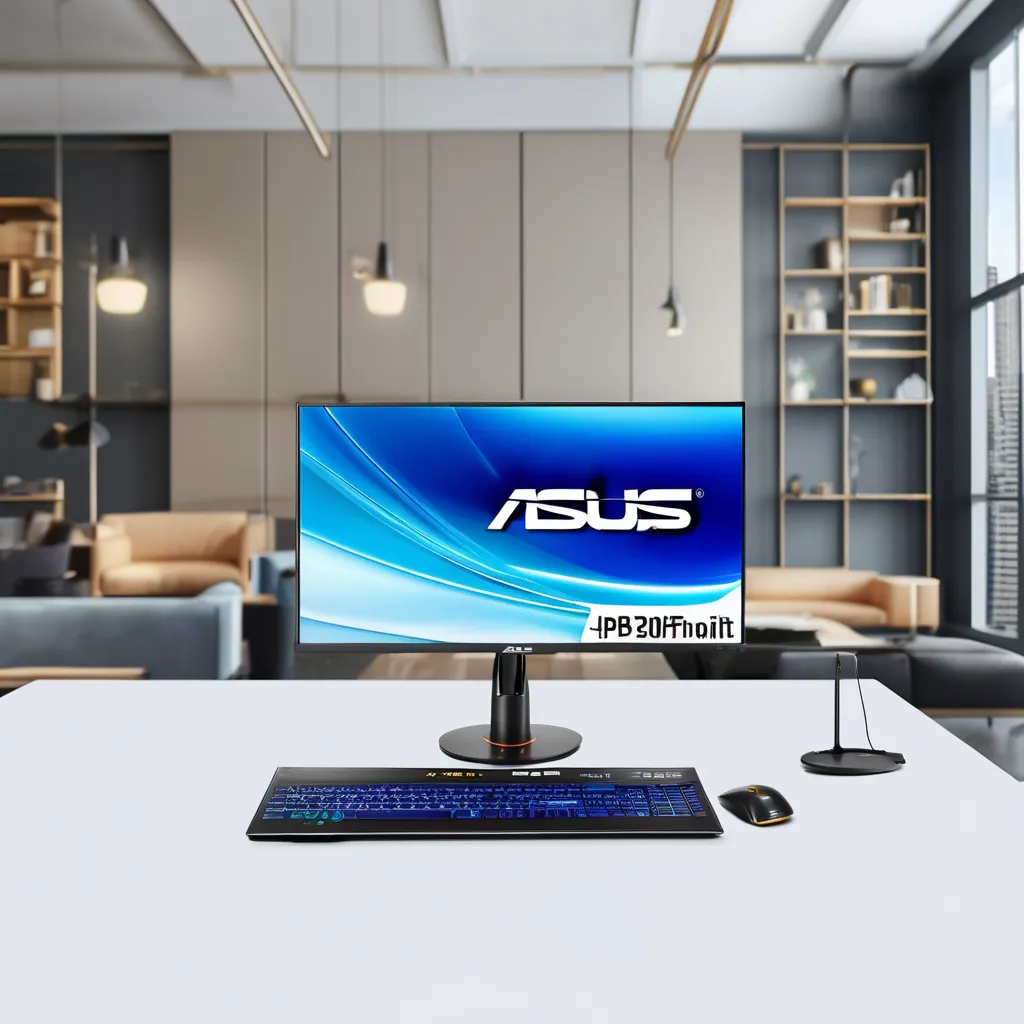
32-inch 4K HDR (3840×2160) IPS panel, 97% DCI-P3 and 99.5% AdobeRGB color gamut, mini-LED backlight.
Outstanding HDR performance, superior color accuracy, robust build with extensive connectivity options.
Expensive, HDR performance may be excessive for some users.
High-end professionals needing the best monitor for editing photos, offering top-tier color accuracy and HDR support for detailed photo editing, color grading.
Choosing the best monitor for editing photos begins with understanding your specific editing needs. Different users—hobbyists, enthusiasts, and professionals—have varying requirements. Hobbyists may be satisfied with a budget-friendly monitor that offers decent color accuracy and resolution. Enthusiasts often need better color precision and higher resolution to enhance their photo editing experience. Professionals, on the other hand, require top-tier color accuracy, high resolution, and advanced features to meet industry standards. Additionally, consider your editing workflow: whether you’re working with print media, where precise color reproduction is crucial, or digital formats, where high resolution and detail are paramount.
When selecting the best monitor for editing photos, balancing your budget with essential features is crucial. Identify the must-have features for your photo editing needs, such as color accuracy, resolution, and connectivity options. If you’re on a tight budget, prioritize features that will impact your work the most, such as color accuracy and resolution. For instance, a monitor with good sRGB coverage and a decent resolution can be sufficient for many users. Look for models that offer a good balance of essential features without overspending. By focusing on these key aspects, you can get a monitor that meets your needs without compromising quality.
To ensure your monitor remains relevant in the long term, consider future-proofing your investment. Choose the best monitor for editing photos that not only meets your current needs but also accommodates future advancements. Look for features such as high resolution (e.g., 4K or higher), multiple connectivity options (HDMI, DisplayPort, USB-C), and up-to-date color spaces. Keeping an eye on evolving technology trends, such as advancements in HDR and color accuracy, will help you make an informed decision. Investing in a monitor with these future-proof features ensures you won’t need to upgrade frequently and can adapt to new developments in photo editing technology.
1. What is the most important feature to look for in a monitor for photo editing?
The most critical feature for photo editing is color accuracy. Look for monitors with wide color space coverage (such as sRGB, AdobeRGB, and DCI-P3) and low Delta E values to ensure colors are represented accurately. High resolution and a good panel type, like IPS, are also important for detail and consistency.
2. How do I choose between a 4K and a 5K monitor for photo editing?
A 5K monitor offers a higher resolution than a 4K monitor, providing more detail and workspace, which is beneficial for high-resolution image editing and multitasking. However, 4K monitors are typically more affordable and still offer excellent detail. Your choice depends on your budget and the level of detail you need for your work.
3. What is the difference between IPS, TN, and VA panels?
IPS (In-Plane Switching) panels are preferred for photo editing due to their superior color accuracy and consistent viewing angles. TN (Twisted Nematic) panels are faster but have poorer color reproduction and limited viewing angles. VA (Vertical Alignment) panels offer better contrast but are generally less accurate in color compared to IPS panels.
4. How important is monitor calibration for photo editing?
Monitor calibration is crucial for professional photo editing as it ensures that the colors displayed on the monitor are accurate and consistent with industry standards. Many high-end monitors come with built-in calibration tools, but external colorimeters can provide even more precise results.
5. What size monitor is best for photo editing?
Monitors between 27 and 32 inches are generally ideal for photo editing, offering enough screen real estate to view images in detail without straining your eyes. Larger monitors also help manage tool palettes and multiple windows more effectively.
you mey also like:Comprehensive Guide to Computer System Validation Guidelines
When selecting the best monitor for editing photos, it’s essential to focus on several critical features to ensure superior performance and accuracy. Color accuracy stands out as a primary consideration; look for monitors with wide color space coverage such as sRGB, AdobeRGB, and DCI-P3, and low Delta E values to achieve true-to-life colors. Resolution is another vital factor, with 4K or 5K displays offering enhanced detail and clarity crucial for high-quality photo editing. Panel type impacts color consistency, with IPS panels being favored for their superior accuracy and wide viewing angles. Additionally, consider monitor size, aspect ratio, connectivity options, calibration capabilities, brightness, and contrast to complete your ideal setup. By focusing on these aspects, you can find the best monitor for editing photos that meets your needs.
For those seeking the best monitor for editing photos, several options cater to different levels of expertise and budget. Budget-friendly choices such as the Dell SE2719H and ASUS ProArt PA278QV provide excellent value for hobbyists and enthusiasts. If you’re looking for advanced features and high resolution, consider mid-range monitors like the LG UltraWide 34WK95U-W and BenQ PD3220U. For high-end professionals who demand the best monitor for editing photos, models like the EIZO ColorEdge CG319X and ASUS ProArt PA32UCX offer exceptional color accuracy and performance for the most demanding tasks.
Investing in the best monitor for editing photos is crucial for achieving high-quality results and long-term satisfaction in your editing work. A monitor that aligns with your specific requirements enhances your workflow, providing precise color reproduction and detail. By choosing a monitor that fits your needs, you ensure that your edits are accurate and professional, leading to better outcomes and a more enjoyable editing experience.
Good job sharmi✨
thank u dear